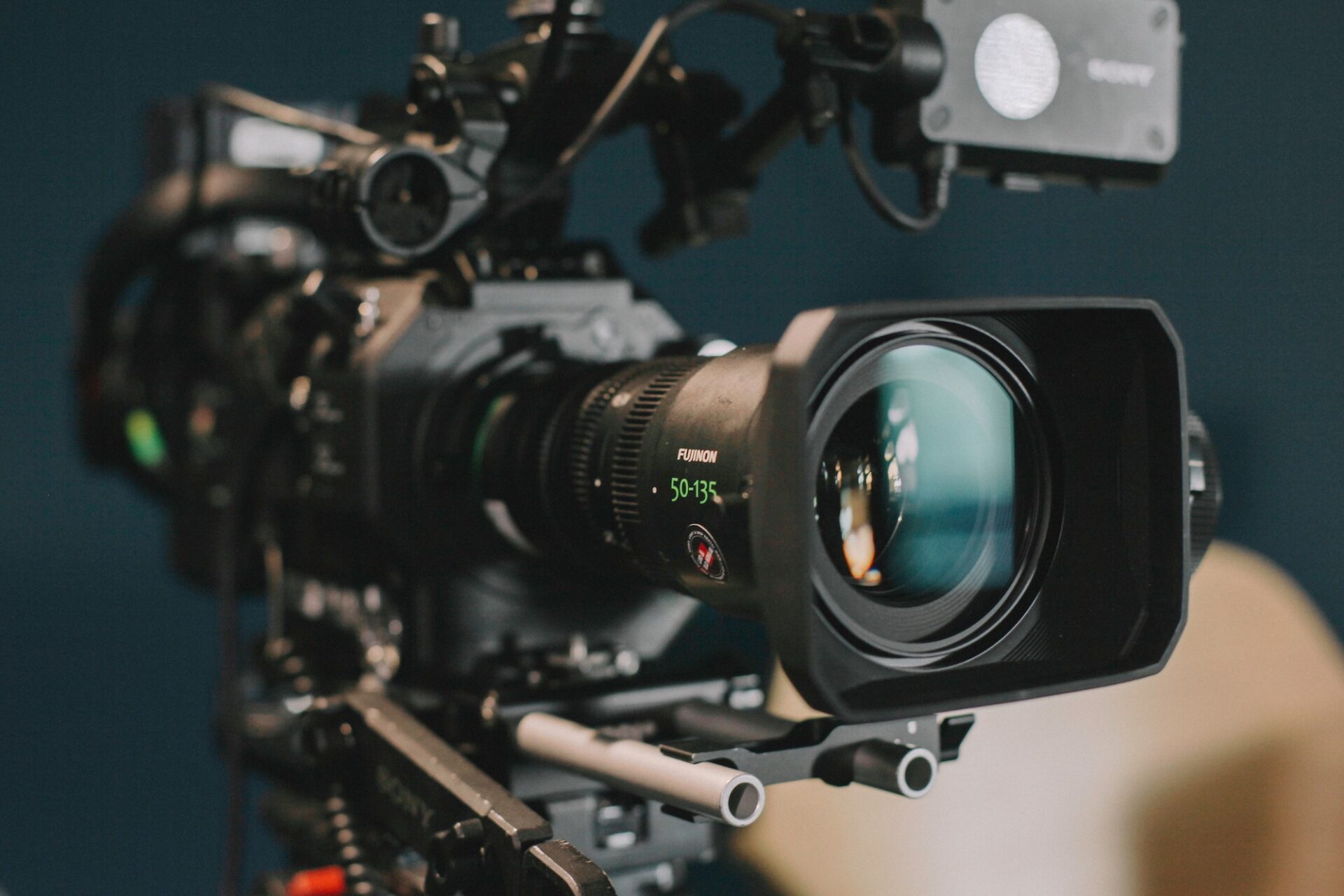B-Roll is a funny name to describe video, right? Industry folk toss the term around like everyone knows what it is, but DO we?
I asked a small group of my friends who happen to be distinguished professionals in both television and film – and their answers vary, but are all true:
- “Cover video”
- “Video that matches the words”
- “The video between sound bites”
- “The pictures that tell the story”
- “Raw video that tells the story”
- “The video that turns any project from amateur to professional with a few extra scenes or transitions”
… and what about people outside the industry or even in PR? The lingo doesn’t always translate. And how many of us want to freely admit that we might not know what is supposedly “common knowledge?”
The term B-Roll refers to video footage intercut into an interview or news package, documentary, or television program. For example, a person/interviewee speaking to a camera is considered A-Roll. Any supplemental video footage, such like cutaways, walk shots, file footage edited on-top of sound bites, and narration will be the B-Roll. But wait! B-Roll can also stand alone to tell a story without accompanying soundbites.
How often should you use B-Roll?
A good rule of thumb: shoot enough B-Roll to cover four to six times the final video length. For example, if your finished interview is one minute then you should shoot 4-6 minutes of B-Roll to complement that interview. It won’t all be used, but it’s all about having options. Always over-shoot…you can rarely go back and recapture that moment in time. B-Roll can then be saved and used as file footage for the future.
Pro-tips for using or shooting B-Roll
- Diversify your shots to add interest and help with storytelling. A mixture of close-ups (cu), medium, wide shots (ws), or drone shots can elevate a project to the next level. Wide and drone shots can establish a location or area while closer shots help fill out details. Creating a sequence of shots also creates credibility with viewers.
- When shooting B-Roll – shoot through objects to add some depth. When I say shoot through, use objects in front of the camera to create layers.
- Move the camera around rather than standing still with your camera… slight movement adds a dolly or slider effect to the object being filmed. Translation: makes it look like you’ve used high end equipment to get some otherwise basic video.
- Wait for post-production to make changes to video. Film as-is and tweak to your hearts content.
Now that you have basic knowledge of B-Roll footage you should be able to turn on your local news and pick it out!
B-roll nuances
It is the job of agencies like 4media group to counsel our clients on how to choose the best video to accompany the story they want to tell. What our clients, or your clients, think is best may not always play in the real world. Satellite Media Tours have been wildly popular recently and there are no signs of it slowing down. There is usually a B-Roll component that accompanies an SMT that matches or aligns with the questions that the station will likely ask.
There are some caveats that are highly important for us to share. While B-Roll is provided to broadcast stations there is no way to guarantee they are going to use it. In fact, some broadcasters prohibit its use. Local media will not run anything that is heavily branded, so there is a huge impetus on us to provide video that meets rigorous editorial standards. That’s where working with an expert comes in and improves your chances of securing well-rounded interviews with relevant footage. Setting expectations on B-Roll usage should be part of any conversation.
While this only scratches the surface of B-Roll, it is a great primer for those who are unfamiliar with the term, or a pertinent refresher for those who may have forgotten how useful a few frames of video can be!
